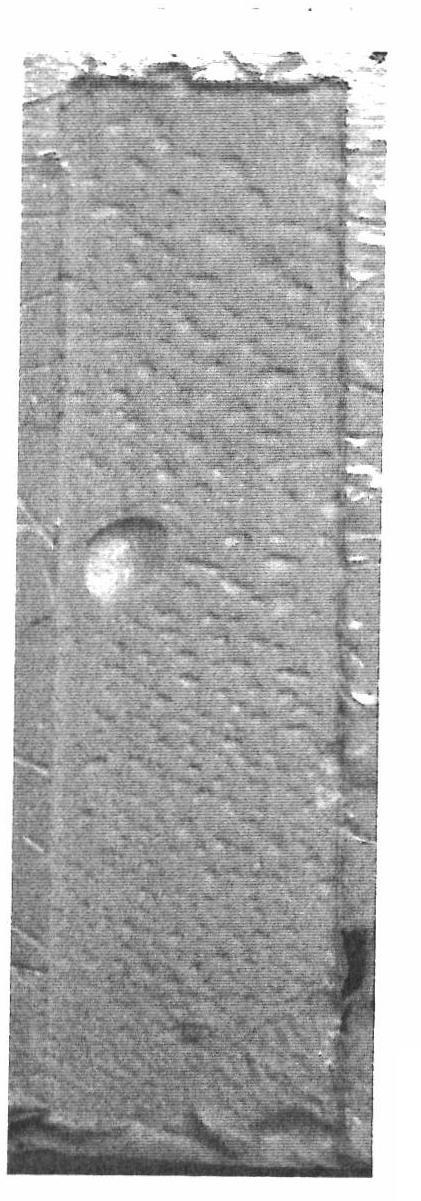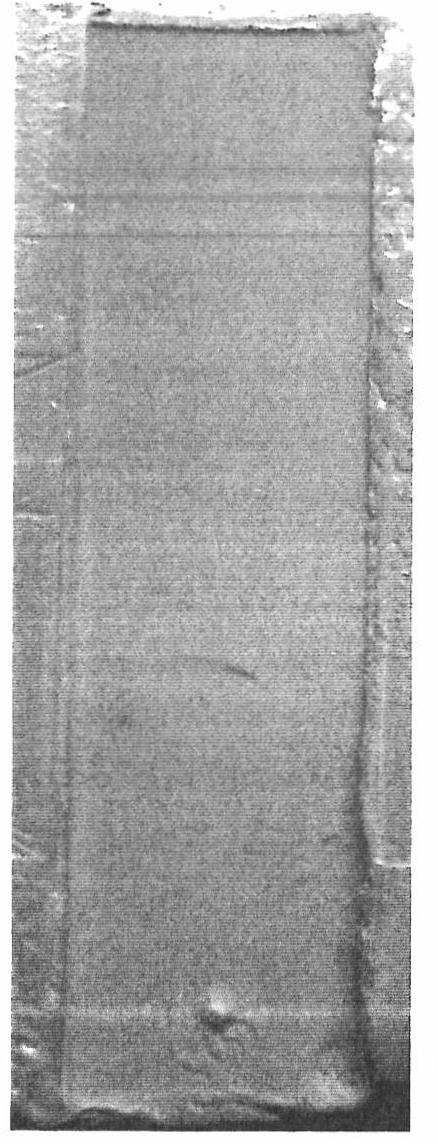Silicone stabilizers for rigid polyurethane or polyisocyanurate foams
A polyisocyanurate and rigid polyurethane technology, applied in the field of foam stabilizers, can solve the problem of not being able to cover rigid foam preparations, and achieve the effect of reducing surface defects
- Summary
- Abstract
- Description
- Claims
- Application Information
AI Technical Summary
Problems solved by technology
Method used
Image
Examples
Embodiment 1
[0105] According to Example 1 of EP 1439200, the Si-H-functional siloxanes to be used were prepared from equilibrated corresponding siloxane starting materials. (To prepare terminally modified siloxanes, correspondingly polymethylhydrogensiloxanes having terminal hydrogen functionality must be used as starting materials.) The type and amount of starting materials are selected such that in each case the desired siloxane is obtained structure.
[0106] Allyl polyethers were prepared analogously to the method described in Example 1 of DE 19940797, but here allyl alcohol was used as starter and ethylene oxide and propylene oxide or styrene oxide were used accordingly.
[0107] According to the method described in DE 102005001076, the allyl-initiated polyethers used are etherified (capped) by reaction with methyl chloride.
[0108] The hydrosilylation reaction (of Si—H-functional siloxanes with allyl polyethers) was carried out according to Example 1 of EP 1 520 870 .
[0109] Ta...
Embodiment 2
[0119] In the following, using (application) examples it is demonstrated that the use of the polyether siloxanes according to the invention in rigid foam formulations provides superior properties over the prior art.
[0120] Foaming tests were performed by hand mixing. For this, polyol, flame retardant, catalyst, water, conventional or inventive foam stabilizer and blowing agent were weighed separately into beakers and mixed for 30 seconds at 1000 rpm using a disc stirrer (diameter 6 cm). Determine the amount of foam evaporated during mixing by reweighing and replenishing. Then, MDI was added, the reaction mixture was stirred at 3000 rpm for 5 seconds using the described stirrer, and immediately transferred into a thermostatic aluminum mold lined with polyethylene film. Mold temperature and geometry varied with foam formulation. The amount of foam formulation used (based on about 100 g of polyol) was determined so that the foam formed therefrom was more than 15% above the mi...
Embodiment 2a
[0123] A formulation suitable for the field of application was used (see Table 4) and the inventive polyethersiloxane foam stabilizer of Example 1 (name see Table 3) and two non-inventive polyethersiloxane foams were used Stabilizers (Tegostab B 1048, a fully butyl-terminated polyether siloxane, and Tegostab B 8408, an uncapped (ie OH-only) polyether siloxane, both from Evonik Goldschmidt GmbH) were foamed separately. The reaction mixture was introduced into a 145 cm x 14.5 cm x 3.5 cm aluminum mold thermostated to 45°C.
[0124] Table 4: Recipes for Refrigerator Insulation
[0125] components weight fraction Daltolac R 471 * 100 copies N,N-Dimethylcyclohexylamine 1.5 servings water 2.6 servings Cyclopentane 13.1 copies Polyether siloxane 1.5 servings Desmodur 44V20L ** 198.5 copies
[0126] * Polyether Polyols from Huntsman
[0127] ** Polymeric MDI from Bayer, 200 mPa*s, 31.5 wt% NCO, functionality 2.7
[0128]...
PUM
 Login to View More
Login to View More Abstract
Description
Claims
Application Information
 Login to View More
Login to View More - R&D
- Intellectual Property
- Life Sciences
- Materials
- Tech Scout
- Unparalleled Data Quality
- Higher Quality Content
- 60% Fewer Hallucinations
Browse by: Latest US Patents, China's latest patents, Technical Efficacy Thesaurus, Application Domain, Technology Topic, Popular Technical Reports.
© 2025 PatSnap. All rights reserved.Legal|Privacy policy|Modern Slavery Act Transparency Statement|Sitemap|About US| Contact US: help@patsnap.com



